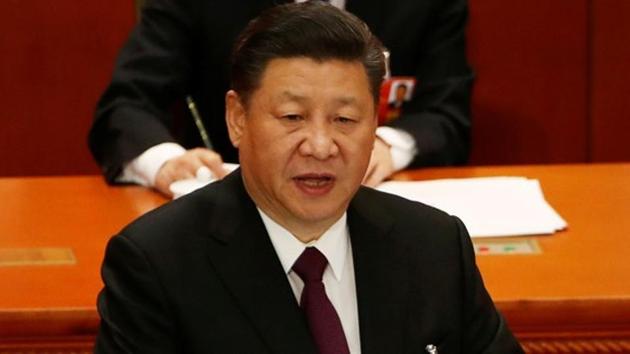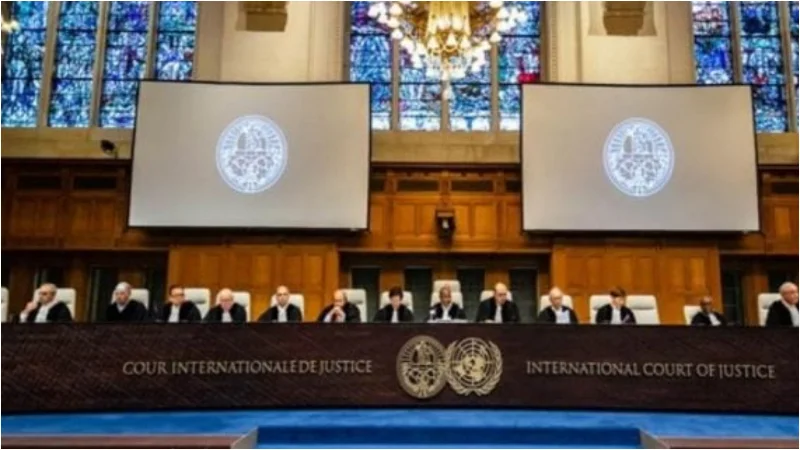By mounting a huge Pearl Harbor-style assault on US bases and ships in the Pacific, CHINA might start a disastrous conflict with Taiwan, analysts have warned.
There are rising concerns that an empowered Beijing may finally use force to seize the breakaway island, potentially starting a conflict much more devastating than Russia’s invasion of Ukraine.
Despite Taiwan’s insistence that it is an independent country following its separation from the mainland in 1949, China has sworn to retake the island.
With Joe Biden promising to intervene “militarily” against China, it is widely assumed that the US would attempt to defend Taiwan.
Foreign policy specialists Hal Brands and Michael Beckley warn that the war could start with China executing a pre-emptive strike on US forces in their new book, Defending Taiwan.
The “most frightening” scenario, according to Brands and Beckley, would involve Beijing attempting to execute a “surprise missile attack” on American soldiers in Asia.
It would be an attack like to the one that took place at Pearl Harbor, when the Japanese tried to destroy much of the US naval force in the Pacific at the start of World War 2.
By the time the [US] was prepared to fight, the battle might already be ended, according to Chinese military doctrine, which calls for them to try to “paralyse the opponent in one stroke.”
The experts contend that the US is getting ready for the “wrong kind of war” over Taiwan in the book’s chapter titled “Getting Ready for a Long War,” which they wrote for the American Enterprise Institute.
For a “splendid little war,” both sides are preparing their armed forces.
However, they caution the military chiefs of China and the US that a protracted confrontation with a definite nuclear exchange risk will eventually occur.
Brands and Beckley create a worst-case scenario for the first day of the war and explain how Beijing will try to stifle any reaction from the US.
“In the most terrifying scenario, Beijing would launch a surprise missile attack, striking not only Taiwan’s defences but also the American naval and air forces concentrated at a few huge sites in the western Pacific,” they write.
The enormous assault would then be followed by hacking and anti-satellite activities to try sow confusion and block any meaningful reaction by Taiwan and the US.
And the PLA would use the chance to launch amphibious and airborne attacks that would be too powerful for Taiwanese resistance, they continue.
“By the time the United States was ready to fight, the war might effectively be over.”
Near Taiwan and China, the US military maintains more than a dozen outposts.
The sites where the US army, navy, and air force are stationed include South Korea, Japan, and the island of Guam.
The formidable Seventh Fleet is Washington’s primary source of military might in the area.
The fleet deploys between 50 to 70 warships, including aircraft carriers, submarines, destroyers, cruisers and assault ships.
Some 27,000 sailors and marines are service with the fleet – which also has around
The Fifth Carrier Strike Group, currently led by USS Ronald Reagan, is at the centre of the fleet.
At the outset of the conflict, China would make an effort to destroy this crucial asset, frequently boasting about its “carrier killer” missiles and other anti-ship capabilities.
According to Brands and Beckley, the US is already preparing for this possibility by “hardening and dispersing” its military posture in Asia.
And such a preemptive strike would only strengthen US resolve to retaliate strongly against China.
“An indignant American people and its leaders would find it considerably harder to accept a swift defeat given that such a conflict would undoubtedly start with a Pearl Harbor–style missile attack on US bases,” they said.
To prevent the US from interfering with the empire’s growth in Asia, Japan launched a surprise attack on Pearl Harbor on December 7, 1941.
The military installation in Hawaii was bombarded by more than 350 fighters and bombers, sinking four battleships, destroying 188 aircraft, and killing 2,335 service members.
And the US entered World War 2 the very following day.
China and the US would be stuck in a protracted fight if a comparable attack led to a war for Taiwan because neither nation would be willing to relinquish ground.
While China’s governing Communist Party would consider their future as dependent on their success in Taiwan, Washington would seek to respond and maintain its supremacy in Asia.
Beckley and Brands continue: “The United States would find it difficult to leave the war even if it failed to stop Chinese forces from capturing Taiwan.
“The ability of Washington to defend its remaining friends in the region would be greatly weakened if it left Asia without first seriously undermining Chinese air and naval capabilities.




















